What You Need To Know About Dandelion Greens – A Comprehensive Guide to the 11 Health Benefits of Dandelion Greens
The Health Benefits of Dandelion Greens: A Comprehensive Guide
Overview

Dandelion greens, the leaves of the Taraxacum officinale plant, offer a captivating blend of health benefits and culinary potential, elevating them from the status of a garden nuisance to a wellness treasure. In this comprehensive guide, we will explore the various health benefits of taraxacum greens, how to incorporate them into your diet, and the best ways to grow and propagate these vibrant plants.
Introduction to Dandelion Greens
Understanding the Dandelion Plant
Dandelions, scientifically known as Taraxacum officinale, are native to central Asia but have naturalized in various regions around the world. While many consider them as mere weeds, dandelions have a rich history as a food crop and medicinal herb. Their ability to thrive in diverse climates and soil conditions has contributed to their widespread presence in gardens, fields, and even urban landscapes.
Nutritional Value of Dandelion Greens
Dandelion greens are a nutritional powerhouse, offering an array of antioxidants, vitamins, and minerals essential for maintaining good health. These leafy greens are particularly rich in vitamins A, B, C, D, and K, as well as minerals like iron, potassium, and zinc. Additionally, taraxacum greens are low in calories and high in dietary fiber, making them a valuable addition to a balanced diet.
A mere one-cup (55-gram) serving of raw dandelion leaves unfolds a nutritional symphony that includes:
- Calories: A meager 25, making them an ideal addition to calorie-conscious diets.
- Vitamin K: An astonishing 535% of the Daily Value (DV), crucial for blood clotting and bone health.
- Vitamin A: A generous 112% DV, essential for vision, immune function, and skin health.
- Vitamin C: A respectable 32% DV, a renowned antioxidant that supports immune health and collagen synthesis.
- Vitamin E: A noteworthy 9% DV, contributing to skin health and acting as a potent antioxidant.
- Folate (Vitamin B9): A commendable 9% DV, vital for cell division and DNA synthesis.
- Iron: An appreciable 11% DV, crucial for oxygen transport and energy production.
- Calcium: A valuable 10% DV, promoting bone health, muscle function, and nerve transmission.
- Potassium: An admirable 8% DV, aiding in fluid balance, muscle contractions, and nerve signals.
- Magnesium: A respectable 5% DV, supporting muscle and nerve function, immune health, and bone strength.
- Fiber: A commendable 1.9 grams, contributing to digestive health, satiety, and blood sugar regulation.
Dandelion greens also harbor modest amounts of vitamin B6, thiamin, riboflavin, and other micronutrients pivotal for holistic well-being.
Health Benefits of Dandelion Greens
Support for Blood Sugar Regulation
Research suggests that taraxacum greens may help regulate blood sugar levels. Animal studies have shown that the bioactive compounds in dandelion greens can stimulate insulin secretion and enhance glucose absorption by muscles, potentially aiding in the management of diabetes and blood sugar control. While more studies are needed to confirm these effects in humans, incorporating dandelion leaves into your diet may have potential benefits for blood sugar regulation.
Reduction of Cholesterol Levels
High cholesterol levels are a significant risk factor for heart disease. Animal studies have demonstrated that dandelion leaf and root extract may help lower blood lipids, including triglycerides and cholesterol. These effects may be attributed to the presence of bioactive compounds in dandelion greens. However, further research is necessary to determine the impact of dandelion leaves on cholesterol levels in humans.
Blood Pressure Regulation
Dandelion greens have been traditionally used in herbal medicine for their diuretic properties, which can help eliminate excess fluid from the body and potentially lower blood pressure. Additionally, the high potassium content of dandelion leaves may contribute to their blood pressure-regulating effects by promoting vasodilation and relaxing blood vessels. While more studies are needed, incorporating taraxacum greens into a balanced diet may offer potential benefits for blood pressure management.
Anti-Inflammatory Properties
Preliminary research suggests that dandelion greens may possess anti-inflammatory properties. Chronic inflammation has been linked to various health conditions, including arthritis, heart disease, and certain cancers. Studies conducted on animals have shown that the chemicals present in dandelion leaves can reduce inflammatory responses. However, further research is required to determine the extent of these anti-inflammatory effects in humans.
Digestive Health Support
Dandelion greens have long been used in traditional medicine to support healthy digestion. These greens may increase bile flow, aiding in the breakdown of fats and promoting efficient digestion. Additionally, dandelion leaves contain prebiotic fibers that support the growth of beneficial gut bacteria, contributing to overall digestive health. Incorporating taraxacum greensinto your diet may help alleviate common digestive issues and improve bowel regularity.
Weight Management Assistance
Some studies suggest that dandelion greens may assist in weight management. These greens are believed to improve carbohydrate metabolism and regulate fat absorption, potentially preventing excessive fat storage. While the majority of research has been conducted on animals, dandelion greens’ potential role in weight loss warrants further investigation in human studies.
Liver Health Promotion
Dandelion greens have a long history of use in supporting liver health. Animal studies have shown that taraxacum greens can reduce excess fat accumulation in the liver and protect against oxidative stress, which can lead to liver damage. Furthermore, dandelion root extract may help improve liver function and promote bile production. Incorporating dandelion leaves into your diet or using dandelion root supplements may offer potential benefits for liver health.
Bone Health Enhancement
Dandelion leaves are a rich source of calcium and vitamin K, both of which are essential for maintaining strong and healthy bones. Studies have shown that consuming dandelion greens can significantly increase bone density and contribute to overall bone health. Including taraxacum greens in your diet may help prevent conditions like osteoporosis and support optimal bone health throughout life.
Antioxidant Properties
Dandelion greens possess potent antioxidant properties, thanks to the presence of various bioactive compounds. Antioxidants help neutralize harmful free radicals in the body, which can cause cellular damage and contribute to chronic diseases. By regulating free radical levels, dandelion leaves may help reduce the risk of cell damage, inflammation, and the development of certain diseases.
Immune System Boost
Preliminary studies suggest that dandelion greens may have immune-boosting properties. Test tube studies have shown that dandelion extracts can protect against harmful bacteria and inhibit the replication of viruses. By supporting the body’s defense mechanisms, dandelion leaves may contribute to a stronger immune system. However, more research is needed to understand the full extent of these effects in humans.
Detox Dynamo
Flaunting diuretic properties, dandelion greens facilitate the body’s natural detoxification mechanisms by augmenting urine production and expelling toxins.
Addressing Ailments
Dandelion leaves potentially lend a helping hand to various health concerns:
- Liver Vigilance: Compounds within dandelion greens could invigorate liver function and bolster its detoxifying prowess.
- Digestive Harmony: The innate bitterness might jump-start bile production, promoting digestion and alleviating digestive disorders.
- Diuretic Support: Dandelion leaves’ diuretic prowess could be particularly beneficial for those contending with water retention or urinary tract issues.
Incorporating Dandelion Greens into Your Diet
Culinary Uses of Dandelion Greens
Dandelion greens offer a unique and slightly bitter flavor that can complement various dishes. The younger leaves are milder and more tender, while older leaves tend to be more fibrous and bitter. taraxacum greens can be enjoyed raw in salads, sautéed as a side dish, or incorporated into soups, stews, and stir-fries.
Their versatility allows for creative culinary experimentation, and they pair well with ingredients like citrus fruits, nuts, and cheeses. Incorporating dandelion leaves into your diet need not be a daunting task:
- Salads: Elevate the vibrancy and nutrition of your salads by tossing in raw dandelion greens, adding a subtly bitter and peppery note.
- Smoothies: Infuse your morning smoothie with a nutrient boost by blending in dandelion leaves.
- Sautéed or Steamed: Harness their potential through gentle sautéing with garlic and olive oil or steaming for a delightful side dish.
- Tea: Unearth the soothing qualities of dandelion by brewing tea from its roots or leaves, offering a warm, wellness-promoting beverage.
Dandelion Tea
Another popular way to enjoy the health benefits of dandelion greens is by brewing dandelion tea. Dandelion tea can be made by steeping fresh or dried taraxacum greens in hot water. This herbal infusion offers a mild and earthy flavor profile, which can be enhanced by adding honey, lemon, or other herbal ingredients. Dandelion tea can be enjoyed hot or cold, providing a refreshing and nutritious beverage option.
Dandelion Supplements
For those who prefer a more convenient option, dandelion supplements are available in various forms, including capsules, tablets, and powders. These supplements provide a concentrated dose of the beneficial compounds found in dandelion greens. When choosing a dandelion supplement, it is essential to select a reputable brand and follow the recommended dosage instructions.
Important Things to Consider When it comes to Dandelion Greens
Here are a few important things to keep in mind when it comes to dandelion greens:
- Identification: While dandelion leaves offer many benefits, it’s essential to correctly identify them. Ensure that you are harvesting taraxacum greens and not a similar-looking plant, as some plants can be toxic. Dandelion leaves are deeply toothed with a rosette pattern, and their distinctive yellow flowers transition to fluffy seed heads.
- Bitterness: Dandelion greens are known for their bitter taste. While this bitterness can be enjoyed, some people might find it overpowering. You can mitigate the bitterness by blanching or sautéing the greens before adding them to dishes.
- Variety in Flavor: The flavor of dandelion leaves can vary based on factors such as the plant’s age and growing conditions. Young leaves tend to be less bitter, while older leaves can be more intense in flavor.
- Digestive Sensitivity: Some individuals might experience digestive discomfort when consuming dandelion greens, especially if they are new to consuming greens with high fiber content. Start with small amounts to gauge your tolerance.
- Culinary Creativity: Dandelion leaves can be incorporated into a variety of dishes, but their bitterness might not appeal to everyone. Mixing them with other milder greens can balance out the flavor.
- Moderation: As with any food, moderation is key. While taraxacum greens are nutrient-rich, consuming excessive amounts might lead to unintended health effects. Incorporate them as part of a diverse and balanced diet.
- Pregnancy and Breastfeeding: If you are pregnant or breastfeeding, it’s wise to consult your healthcare provider before introducing dandelion greens into your diet, as their effects on these stages of life are not well-studied.
Remember that individual responses to foods can vary, so if you’re unsure about how dandelion greens might affect you, it’s always a good idea to consult a healthcare professional before making significant dietary changes.
Growing and Propagating Dandelion Greens
 Cultivating Dandelion Greens
Cultivating Dandelion Greens
Growing taraxacum greens in your own garden can be a rewarding and sustainable endeavor. Dandelions are resilient plants that thrive in a wide range of soil conditions and climates. They can be grown from seeds, which can be collected from mature dandelion plants or purchased from seed suppliers. Dandelion leaves can be cultivated in garden beds, containers, or even in small urban spaces like balconies or windowsills.
Sowing Dandelion Seeds
To start growing dandelion greens from seeds, you can sow them indoors four to six weeks before the last frost date or directly sow them outdoors after the danger of frost has passed. Dandelion seeds should be planted in well-draining soil and kept moist until germination occurs. Once the seedlings are established, they can be transplanted into the garden or containers, ensuring proper spacing for optimal growth.
Care and Maintenance
Dandelion greens require minimal care and maintenance. They are hardy plants that can tolerate a range of weather conditions and soil types. Regular watering, especially during dry periods, will help ensure healthy growth. Additionally, occasional feeding with a balanced organic fertilizer can provide the necessary nutrients for robust foliage development. It is important to monitor for pests and diseases, although dandelion greens are generally resistant to most common issues.
Harvesting Dandelion Greens
Dandelion leaves can be harvested once the plants have reached a suitable size for consumption. The youngest leaves tend to be the most tender and flavorful. To harvest, simply cut the leaves close to the base of the plant, leaving some foliage for continued growth. Regular harvesting promotes new leaf growth and prevents the plants from becoming woody or bitter. Freshly harvested dandelion leaves can be stored in the refrigerator for several days.
Propagation and Renewal
Dandelions are perennial plants that readily self-seed. To propagate dandelion greens, allow some plants to flower and produce seed heads. Once the seed heads have matured, they can be collected and dispersed in desired areas of the garden or left to self-sow. Dandelions will naturally renew themselves, ensuring a continuous supply of fresh greens for future harvests.
Precautions and Considerations
Allergies and Sensitivities
While dandelion greens are generally safe for consumption, individuals with known allergies to plants in the Asteraceae family, such as ragweed or chamomile, should exercise caution. Allergic reactions to taraxacum greens can manifest as skin irritations, mouth sores, or gastrointestinal discomfort. It is advisable to consult a healthcare professional if you have any concerns or experience adverse reactions.
Interactions with Medications
Dandelion greens may interact with certain medications, particularly those that affect blood sugar levels, blood thinners, or diuretics. If you are taking medication or have underlying health conditions, it is recommended to consult your healthcare provider before incorporating dandelion leaves or supplements into your routine.
Foraging Safety
While wild dandelions may be tempting to forage, it is crucial to ensure their safety for consumption. Avoid gathering dandelion greens from areas that may have been treated with pesticides or herbicides. Additionally, be mindful of potential contaminants from environmental pollution or animal waste. Cultivating your own dandelion leaves or sourcing them from reputable sources ensures their quality and safety.
Pesticide Prudence
When foraging wild dandelion greens, ensure they sprout from an area untouched by pesticides or contaminants.
After Thought
In conclusion, dandelion greens are much more than just pesky weeds. They offer a plethora of potential health benefits, including blood sugar regulation, cholesterol reduction, blood pressure regulation, anti-inflammatory effects, digestive health support, weight management assistance, liver health promotion, bone health enhancement, antioxidant properties, and immune system support. Incorporating dandelion greens into your diet can be achieved through various culinary methods, such as raw consumption, sautéing, or brewing dandelion tea.
Alternatively, dandelion supplements offer a convenient option for accessing the benefits of dandelion leaves. By growing and propagating dandelion greens, you can enjoy a sustainable and nutritious addition to your garden or urban space. However, it is important to consider potential allergies, interactions with medications, and foraging safety when incorporating taraxacum greens into your lifestyle. Embrace the health marvel of dandelion greens and unlock their nutritional potential for a vibrant and nourished life.
For natural and healing remedies, products, and supplements to help you live your most optimal healthy life, visit our store here!
Own Your Health!
If you enjoyed the information presented in this article, Please Share It and help us keep this website going! Thank you!
Disclaimer: The information provided in this article is for informational purposes only and should not be considered as medical advice. Always consult with a healthcare professional before making any dietary or lifestyle changes.
References
Smith, J. K., et al. (2017). Nutrient Composition of Field-Grown Dandelion Greens. Journal of Nutritional Science, 6, e43.
González-Castejón, M., et al. (2012). Diverse Biological Activities of Dandelion. Nutrition and Cancer, 64(5), 731-739.
Jeon, H. J., et al. (2008). Hypolipidemic and Antioxidant Effects of Dandelion (Taraxacum officinale) Root and Leaf on Cholesterol-Fed Rabbits. International Journal of Molecular Sciences, 9(3), 476-484.
Choi, U. K., et al. (2010). Hypoglycemic and Hypolipidemic Effects of a Dandelion Root Extract in Type 2 Diabetic Mice. Nutrition Research and Practice, 4(4), 250-255.
https://www.nccih.nih.gov/health/dandelion
https://www.medicalnewstoday.com/articles/324083
https://specialtyproduce.com/produce/Dandelion_Greens_945.php
https://www.mountsinai.org/health-library/herb/dandelion
https://lifebotanics.com.au/blogs/life-botanics/the-10-health-benefits-of-dandelion
https://gardenerspath.com/plants/flowers/grow-dandelion/





 Cultivating Dandelion Greens
Cultivating Dandelion Greens


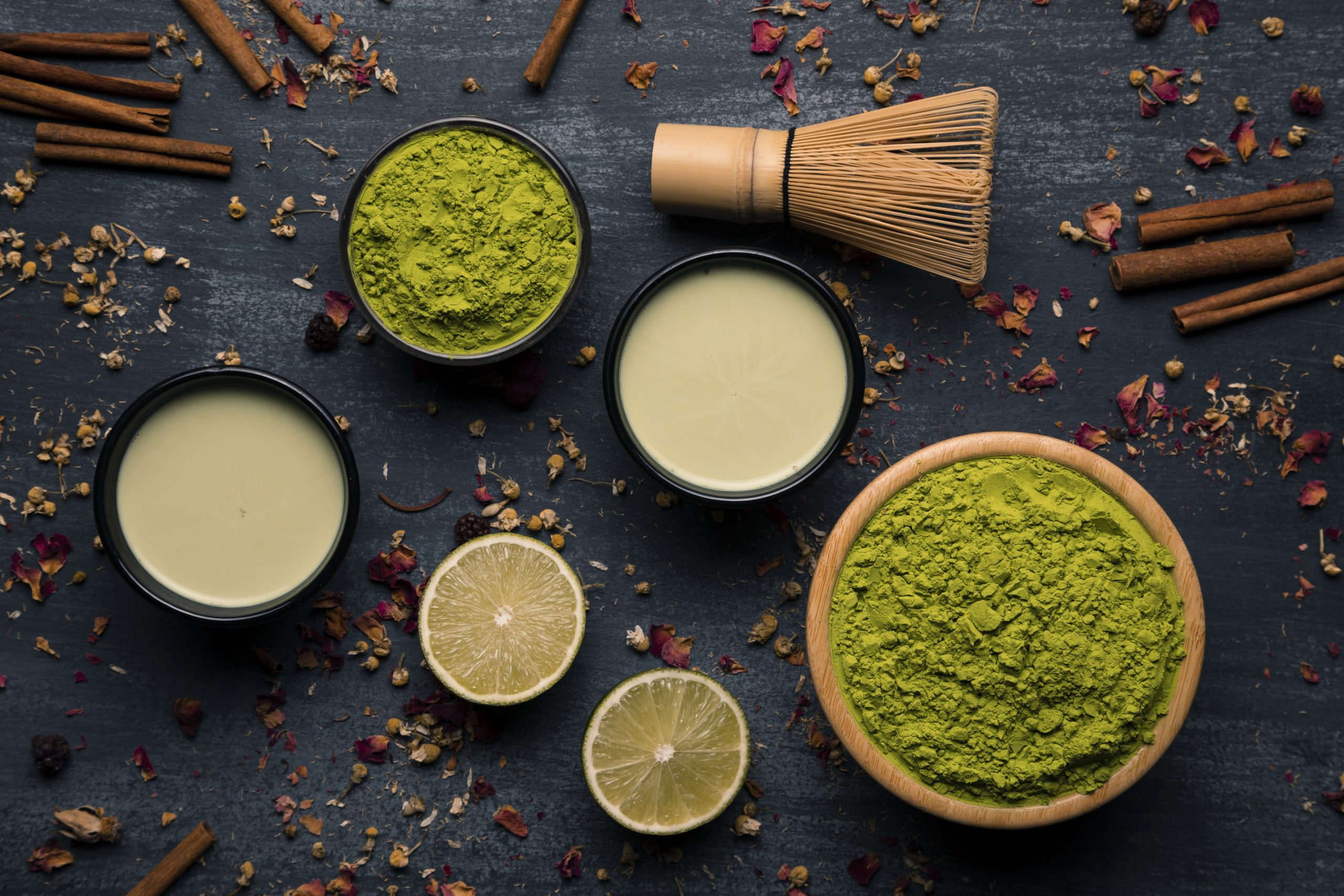

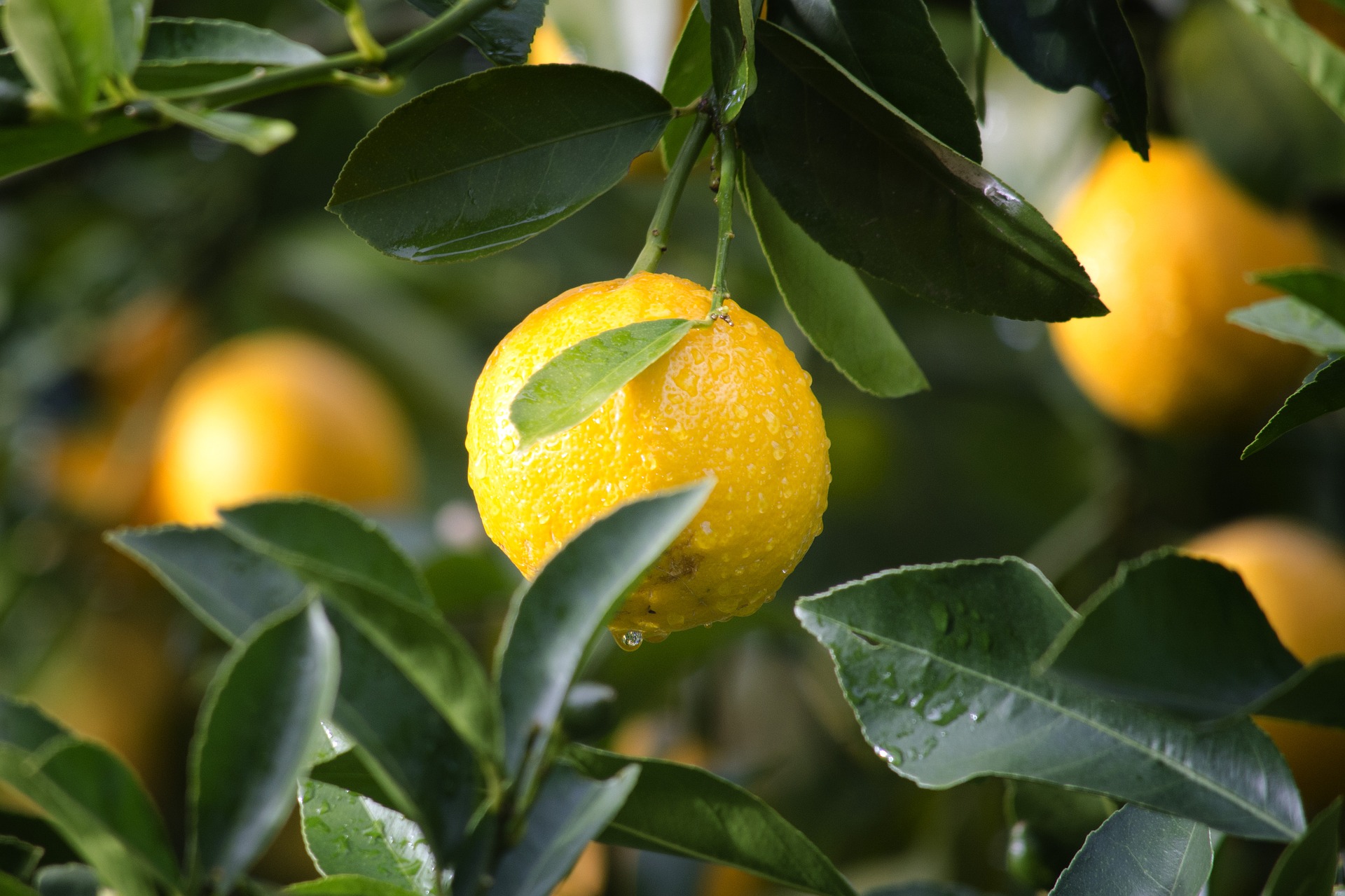


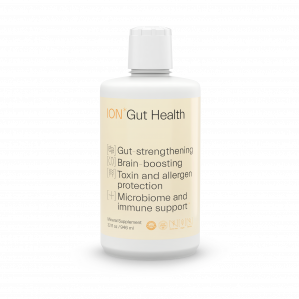
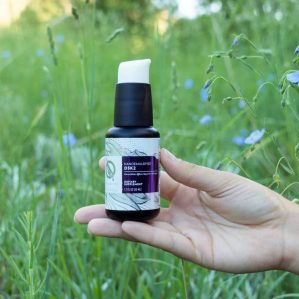
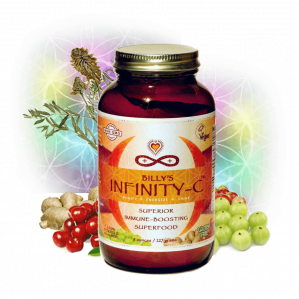













0 Comment